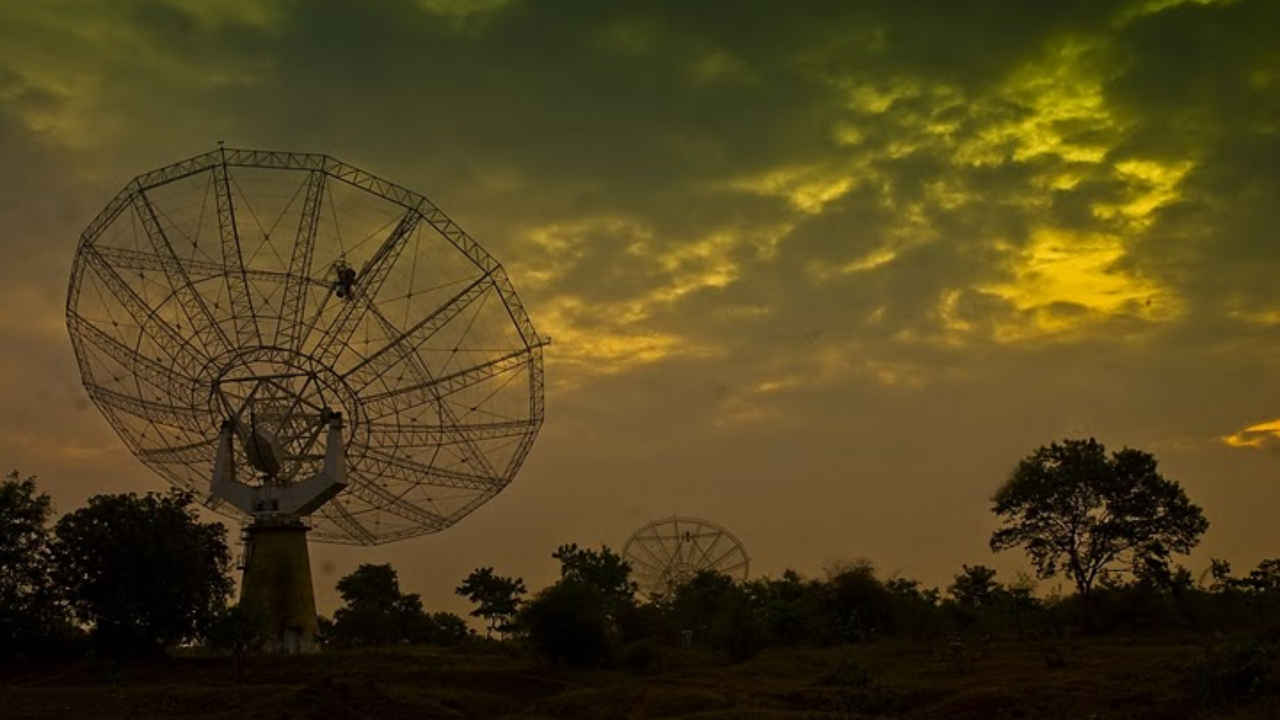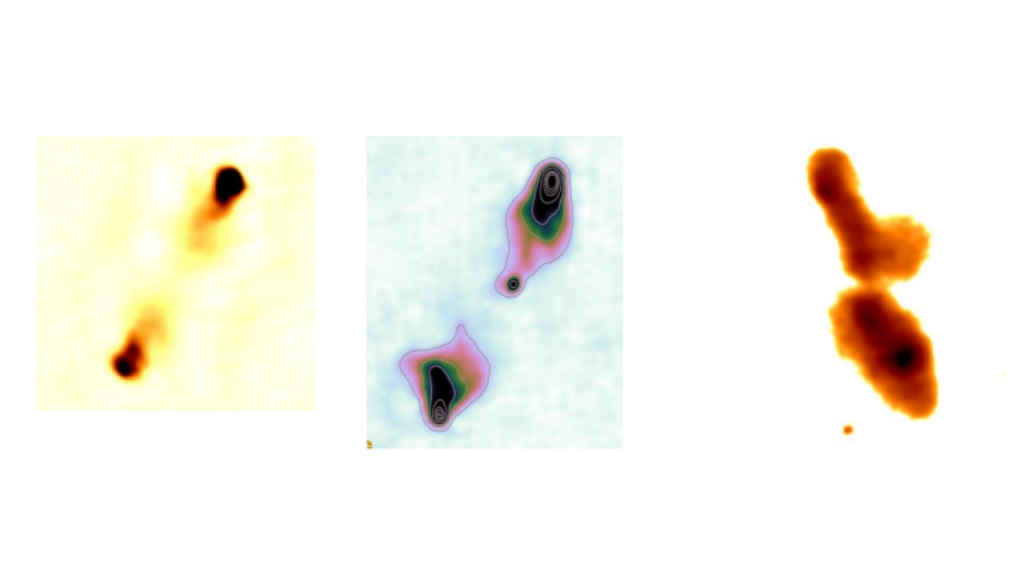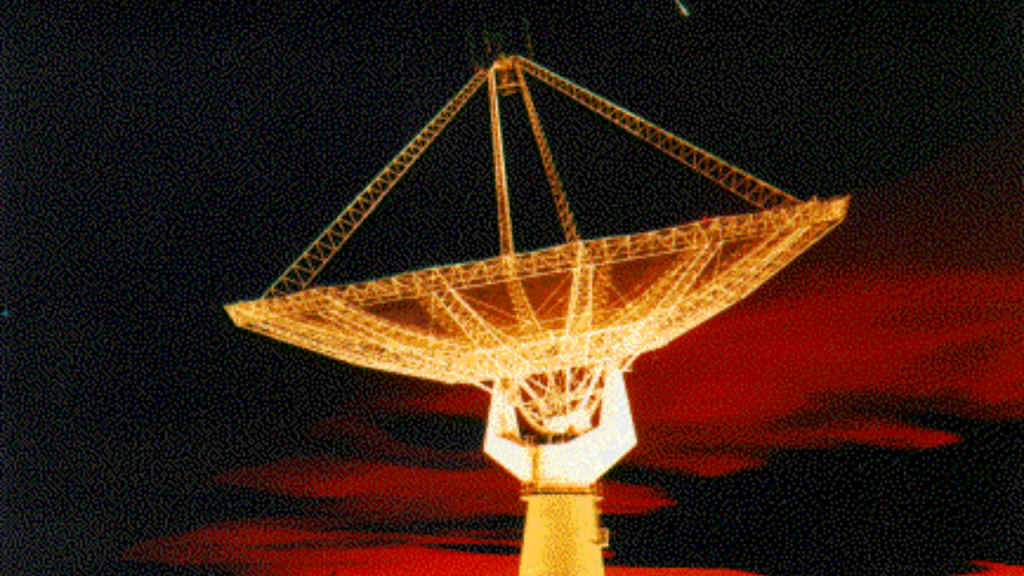Breakthrough: Indian astronomers discover 34 new giant radio sources using GMRT
A team led by Indian radio astronomers has discovered 34 new giant radio sources.
These discoveries include some of the most distant objects of their kind, with two of them challenging widely accepted beliefs about their environments.
Giant radio sources are among the largest structures in the universe.

A team led by Indian radio astronomers has discovered 34 new giant radio sources (GRSs) from the TIFR GMRT Sky Survey Alternative Data Release 1 (TGSS ADR1) at 150 MHz. These discoveries include some of the most distant objects of their kind, with two of them challenging widely accepted beliefs about their environments.
 Survey
SurveyGiant radio sources are among the largest structures in the universe, spanning millions of light-years—equivalent to aligning several tens of Milky Ways in a row. At the core of these colossal structures lies a supermassive black hole, with masses ranging from ten million to one billion times that of the Sun. This black hole acts as a central engine, pulling in surrounding matter, which becomes ionized and generates powerful electromagnetic forces. These forces propel material outward, creating jets of hot plasma that produce massive lobes of radio emissions extending far beyond the visible size of the galaxy.
Also read: Understanding the Thirty Metre Telescope project and India’s role in it

The team of astronomers, consisting of PhD students Netai Bhukta and Souvik Manik, and astronomers Sabyasachi Pal and Sushanta K. Mondal, conducted their research using the TGSS due to its low frequencies and the sensitivity of the Giant Metrewave Radio Telescope (GMRT).
The GMRT, located near Khodad village in India, approximately 90 km north of Pune, is operated by the National Centre for Radio Astrophysics (NCRA) of the Tata Institute of Fundamental Research (TIFR). From 2010 to 2012, a survey was performed using the GMRT to map the radio sky at 150 MHz, covering about 90% of the sky.

Astronomers believe that GRSs represent the final stage of radio galaxy evolution due to their enormous sizes. Understanding these massive structures is crucial for studying the evolution of radio sources and the intergalactic medium that confines their lobes far from the parent galaxy. Detecting these GRSs is challenging, as the bridge emission connecting the two lobes is often not visible. However, low-frequency radio surveys like TGSS are better suited for identifying these populations, as the aged plasma is brighter at lower frequencies.
Interestingly, two of the GRGs (J0843+0513 and J1138+4540) defy the common belief that GRGs grow only in low-density environments. This suggests that the environment alone may not play a significant role in their exceptional size.
Ayushi Jain
Ayushi works as Chief Copy Editor at Digit, covering everything from breaking tech news to in-depth smartphone reviews. Prior to Digit, she was part of the editorial team at IANS. View Full Profile